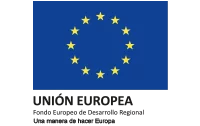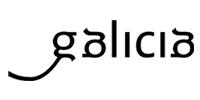Goal 6.3
By 2030, improve water quality by reducing pollution, eliminating discharges and minimizing the release of hazardous chemicals and materials; halve the proportion of untreated wastewater and substantially increase safe recycling and reuse worldwide.
Improve water quality through pollution reduction.


















